Skunk Loach (Yasuhikotakia morleti) – a name that hints at mischief and mystery in the aquarium trade.
This small freshwater fish typically reaches 10 cm and has a lifespan that can stretch to five years if you play your cards right.
Their most striking feature? A bold black stripe that not only sets them apart visually but also serves as a vital communication tool within their species.
But here’s the twist: Skunk Loaches are the Houdini of the aquarium world, notorious for their escape acts. They can vanish from a seemingly secure tank – a fact that we’ve learned here at Fluvico the hard way.
In this Skunk Loach Guide, you’ll learn & uncover the secrets to keeping these crafty creatures contained & healthy inside your aquarium.
Other Loach Options For Your Aquarium:
- Loaches That Love To Eat Snails
- Kuhli Loach – Most Popular Loach
- YoYo Loach – Hardest Working Snail Eater
Table of Contents
Skunk Loach Quick Facts
| Name: | Skunk Loach |
| Scientific Name: | Yasuhikotakia morleti |
| Max Size: | 4 inches (10 cm) |
| Lifespan: | 5 years |
| Appearance: | Long, slender body with a prominent black stripe |
| Temp: | 25-30°C |
| Water Parameters: | Soft to moderately hard; pH: 6.5-7.5; dH: up to 12 degrees |
| Compatibility with Other Fish: | Community-friendly but avoid aggressive or fin-nipping species |
| Community Size: | Group of 5 or more for social interaction |
| Behaviour: | Active, playful, and can be mischievous |
| Lighting: | Moderate to dim |
| Feeding: | Varied diet—flake, sinking pellets, and live foods like bloodworms |
| Breeding Difficulty: | Difficult, not commonly bred in home aquariums |
Personality & Behaviour
Their slim, elongated bodies are decked with a signature black stripe, giving them a stark, skunk-like appearance against the greens and browns of a well-planted aquarium.
When it comes to behaviour, Skunk Loaches are community-friendly, but they’ve got personality. They’re not aggressive but don’t be surprised if they hold their own during meal times—something every fish keeper should note when planning feeding routines.
They mingle well with most fish, but their spirited antics at feeding time are something you’ll want to watch out for if kept with more timid fish.
Read on, and I’ll tell you how to manage their bold personalities and keep the peace in your tank.
Natural Habitat and Origins of Skunk Loaches
Skunk Loaches come from the moving streams of Thailand and Malaysia. They’re used to active water and enjoy plenty of hiding spots. In an aquarium, they need space to swim and places to hide, just like their natural homes.
They love a soft sandy bottom or easily digable substrate to poke around in without hurting themselves or their sensitive loach antennas.
If you get the setup right, with some plants, rocks & soil/substrate you’ll see your loaches come alive, darting in and out of hiding and showing off their quirky habits.
Tank Requirements for Skunk Loach
For Skunk Loaches, tank real estate is key. Start with a 60-litre tank as a minimum to give them room to roam and explore.
Why? They’re active swimmers and need space not just to move but to establish territories, which is vital for their stress levels.
The shape of the tank matters too. A long, horizontal tank works best, mimicking the wide rivers they come from. It gives them more ground to cover and supports better social interaction.
Fun Fact: The added length over height provides more surface area for oxygen exchange, which keeps your water healthier for longer.
How to stop your Skunk Loach from escaping?
If rare that your skunk loach will try and escape if happy and healthy. So if you do spot yours jumping, then you’ll want to double check your water parameters and that they are getting enough food.
If however, you managed to pick the one crazy Skunk Loach who thinks he’s about to star in Free Willy, then here’s some tips to keep him safe!
- Check Your Tank Lid: The most common escape route for Skunk Loaches is through gaps in the tank lid. Make sure your lid fits properly without any large gaps.
- Lower the Water Level: Skunk Loaches are excellent jumpers. By lowering the water level by 1 or 2 inches, you reduce their chances of jumping out.
- Add Some Hiding Spots: They’ll often try to escape when they feel stressed or exposed. Add more hiding spots like caves, plants, or decorations to make them feel safe.
- Check for Bullying: Sometimes, Skunk Loaches try to escape because they’re being bullied by other fish.
Remember, a happy and comfortable Skunk Loach is far less likely to try and escape!
Water Conditions for a Healthy Skunk Loach
Getting the water right is easy with them tolerating a variety of tank conditions. Skunk Loaches need:
- Temperature: Keep it between 24-30°C. They thrive in warm water.
- pH level: Aim for a slightly acidic to neutral range, 6.5 to 7.5 pH.
- Water hardness: They can handle a range, but 5-12 dGH is ideal for their health.
For the substrate, go with Sand, Soil or Smooth Gravel to protect their sensitive barbels.
They love to dig, so keeping the substrate loach-friendly will avoid any injuries and keep them behaving naturally.
Next, we’ll discuss what to feed these characterful critters to keep them in top shape.
Diet and Nutrition
Skunk Loaches aren’t fussy eaters, but they do need a balanced diet to stay healthy.
In the wild, they’re used to snacking on small critters and plant matter.
In your tank, mimic this with a mix of high-quality flake food, sinking pellets, and live or frozen foods like bloodworms or brine shrimp.
Feeding schedule? Give them only as much as they can eat in a few minutes. Overfeeding can mess with their health and your tank’s balance, leading to murky waters and a whole host of problems.
Snail Hunters: Skunk Loaches love to hunt and eat small snails, sucking them right out of their shells. Great if you have an overpopulation of mystery snails.
They prefer to hunt for their food, so consider timing their feedings with lights off or dimmed, as they are most active during dusk and dawn.
Remember, Skunk Loaches also help clean the tank by eating algae and leftover food that falls to the bottom. However, this shouldn’t replace their need for a proper diet.
Keep reading to find out how to pick friends for your loaches that won’t turn mealtime into a competition.
- Variety is key: Blend flakes, pellets, plus live or frozen snacks like bloodworms and brine shrimp.
- Feed twice a day: Enough that they can consume in a quick session to prevent overfeeding.
- Match their wild habits: Feed them when the lights are low to encourage their natural foraging behaviour.
- Algae and leftovers: They’ll munch on these, but it’s a snack, not a meal replacement.
Stick to this regime, and your Skunk Loaches will be healthy, happy, and fun to watch. Now, let’s move on to who they should share their space with.
Choosing Tank Mates for Skunk Loaches
Skunk Loaches are social but can be picky about their tank mates. They thrive with fish that match their peaceful yet active nature. Here’s a quick rundown:
- Good Company:
- Tetras
- Rasboras
- Dwarf Gourami
- Corydoras
- Other loaches (like Kuhli)
- Hit & Miss
- Small Shrimps
- While Skunk Loaches won’t be snacking on fragile shrimp, their quirky and frantic swimming behaviour can sometimes lead to collisions.
- Small Shrimps
- Avoid:
- Large, aggressive fish (like Cichlids)
- Fin-nippers (like some Barbs)
- Fragile Shrimp
Loaches can stress if bullied or if they can’t compete for food. Keep an eye on their interactions, especially during feeding, to catch any trouble early.
Health and Disease Prevention
Keeping your Skunk Loaches in prime condition means watching for signs of distress or illness:
- Watch for:
- Clamped fins
- Inactivity
- Unusual spots or growths
- Ragged fins
- Prevention is better than cure:
- Keep water clean and well-filtered.
- Stick to their dietary needs.
- Quarantine new tank additions to prevent disease spread.
If you spot trouble, isolate the sick fish and seek vet advice promptly. Regular tank maintenance and careful observation are your best defences against disease. Now, let’s get into breeding Skunk Loaches, which has its own set of challenges.
Breeding Skunk Loaches
Breeding Skunk Loaches is tricky. They rarely breed in captivity, and their courtship and spawning habits are still a bit of a mystery.
The main challenge is replicating the precise conditions they need: a change in water flow and temperature that typically signals the start of the breeding season in their natural habitat.
Sexing Skunk Loaches is tough since males and females look pretty similar. However, experienced keepers note that females tend to be fuller-bodied, especially when loaded with eggs.
- Shape and Size: Generally, females are plumper and rounder, especially when they are full of eggs. This is the most noticeable difference when they’re viewed from above.
- Behaviour: Males may exhibit more active, sometimes more aggressive behaviour, and during breeding seasons, they often chase females.
- Size: Males are often slightly smaller and slimmer than females but this can be an unreliable indicator due to individual variation.
Step-by-step Guide to Breeding Skunk Loaches:
Breeding Skunk Loaches in a community tank will prove difficult. If you’re serious, you’ll want to setup a private tank for breeding purposes so you can adjust tank conditions until just right.
- Mimic natural conditions: Increase water turnover and slightly adjust temperature.
- Feed well: Offer a diet rich in live foods to condition them for spawning.
- Observe behaviour: Look for more active chasing and possible group dynamics forming.
- Provide space: Ensure there’s enough room for the chase without stress.
- Watch for eggs: They’ll be tiny, so keep a keen eye on the tank floor and plants.
- Be patient: It might take several tries to get breeding success.
Breeding these loaches is not for the faint-hearted and might require patience and attention to detail.
Now that you know the ins and outs of Skunk Loach care, why not try your hand at raising these intriguing fish?
Skunk Loaches: Right for your tank?
- Right tank and conditions: Ensure a spacious tank and stable water conditions.
- Feeding: A varied diet will keep your loaches healthy and lively.
- Companions: Choose their tank mates wisely to maintain harmony.
Skunk Loaches could be the most entertaining fish you’ve never kept. They’re not just another fish; they’re personable, active, and fun to watch.
I’ve kept many fish, and these stand out for their unique looks and behaviours. They’re robust, thriving with simple care, and can become the highlight of your aquatic collection.
If you’re considering adding them to your tank, I say go for it – with the guidance from this care summary, you’re all set for success.


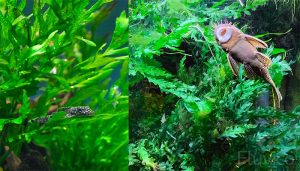


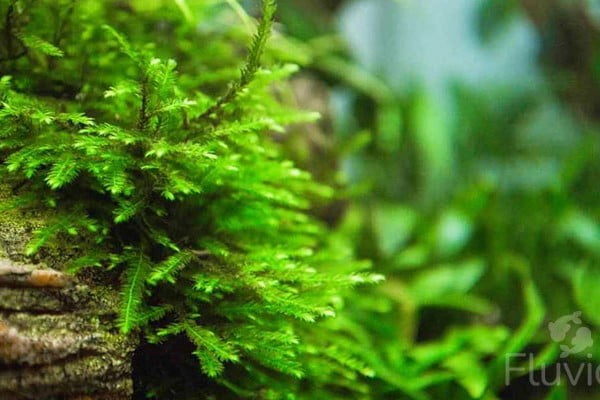
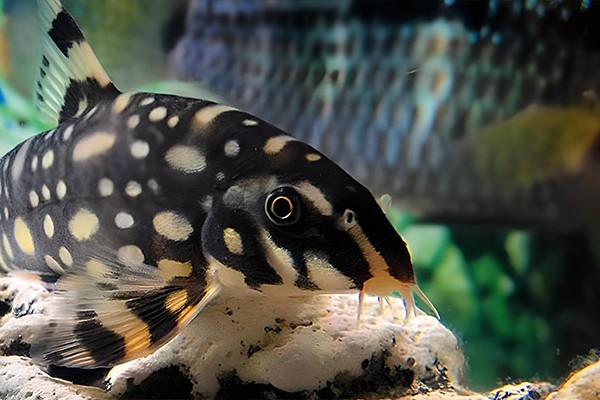
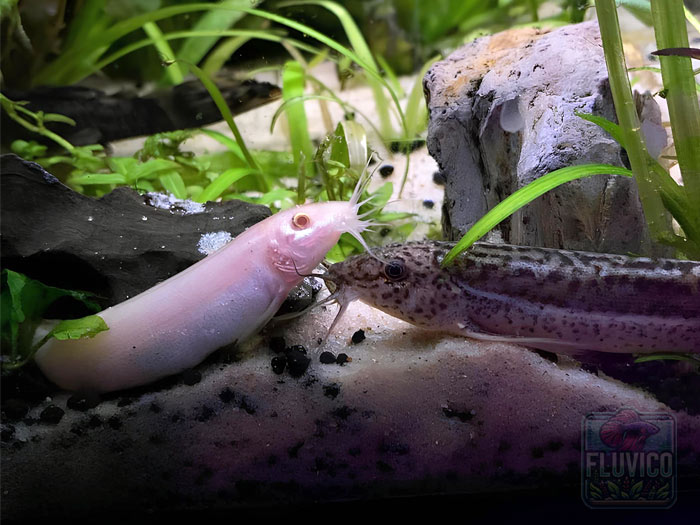

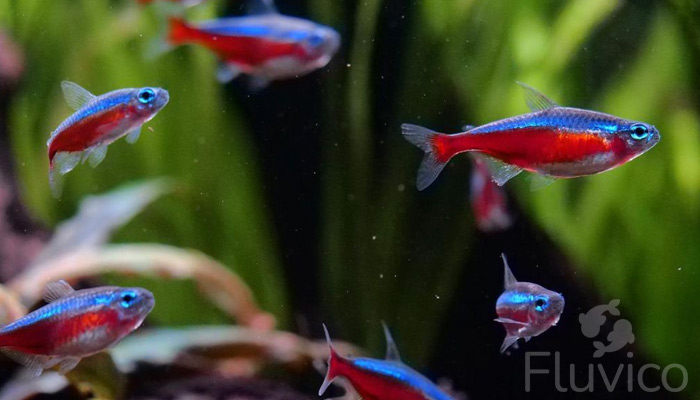
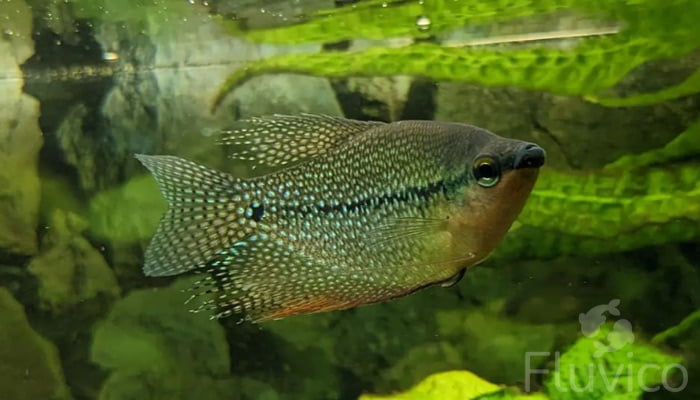
Leave a Comment